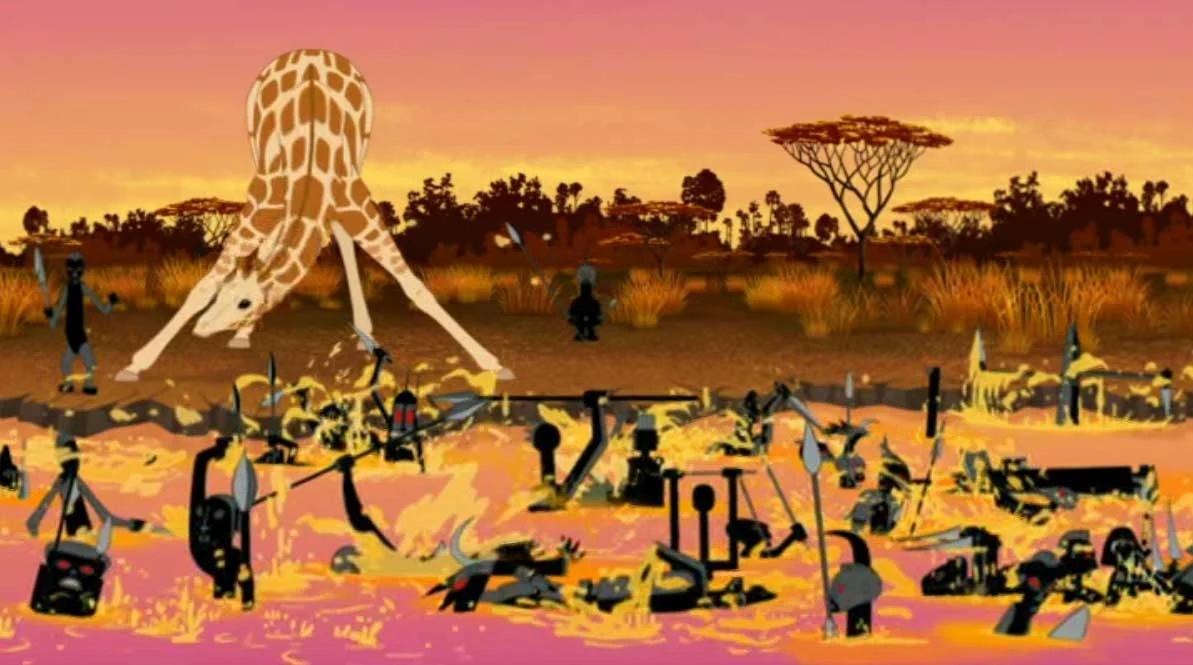
African cultures have incredibly rich mythologies filled with powerful beings. These creatures protect rivers, roam forests, control storms, and often blur the line between the world we know and the spirit world. Coming from hundreds of different cultures and languages across Africa, each being reflects the unique landscapes and beliefs of its people. Many are connected to the power of nature – like water, storms, and wild lands – while others teach lessons or serve as warnings. Here are fifteen of these fascinating beings, showcasing the incredible depth and variety of Africa’s mythical stories.
Anansi
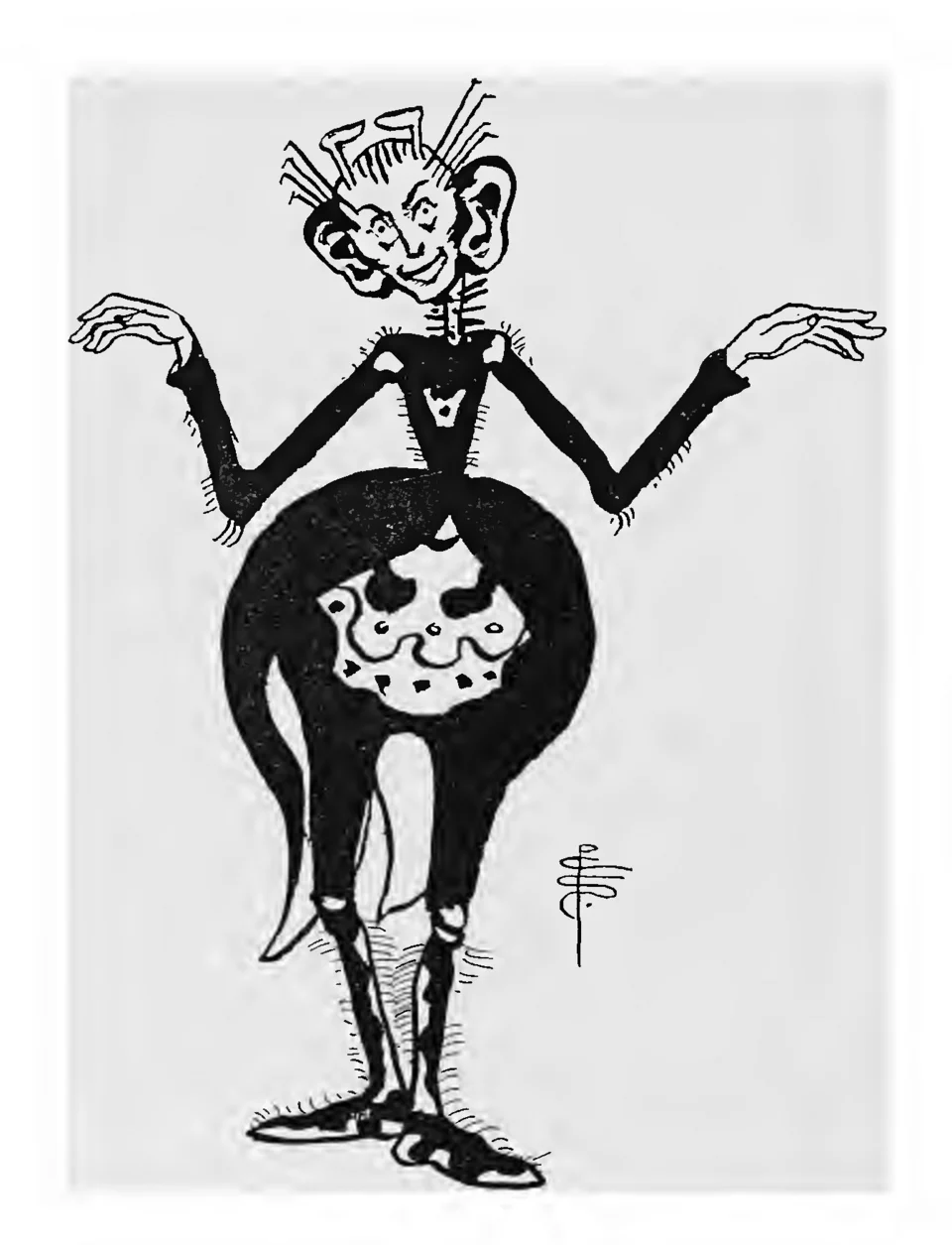
Anansi is a clever and mischievous spider character from traditional stories in Ghana and Ivory Coast. He’s known as a trickster who can take the form of both a spider and a human. According to legend, Anansi obtained stories from the sky god Nyame through a deal, and then shared them with the world. He’s famous for using his intelligence and cunning to overcome those who are stronger than him. These stories traveled with enslaved Africans to the Caribbean and America, where similar tales of Anansi continue to be told today.
Adze

In the folklore of Ghana and Togo, the Adze is a creature from Ewe tradition believed to be a type of vampire. It often appears as a firefly and can sneak into homes through small openings to feed on people while they sleep. Interestingly, if captured, the Adze is said to transform into a more human-like form and can be questioned. People traditionally connect Adze attacks to sickness, bad luck, and even mysterious deaths. Communities protect themselves using charms and by staying alert, highlighting how the Adze is seen as connected to the well-being of both individuals and the community as a whole.
Asanbosam
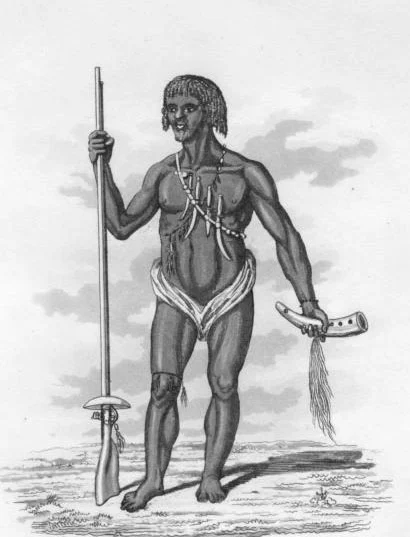
In Ghanaian Ashanti tradition, the Asanbosam is a creature said to look like a human with incredibly sharp, metallic teeth and feet that point backwards. It’s believed to live in trees and drop down on people traveling through the forest, serving as a cautionary tale against going into the woods alone. Some stories also mention a larger, related creature called Sasabonsam, and both are known for ambushing people from the trees. Tales about the Asanbosam often feature hunters and woodcutters, highlighting the importance of being careful and respectful when in the forest.
Tokoloshe
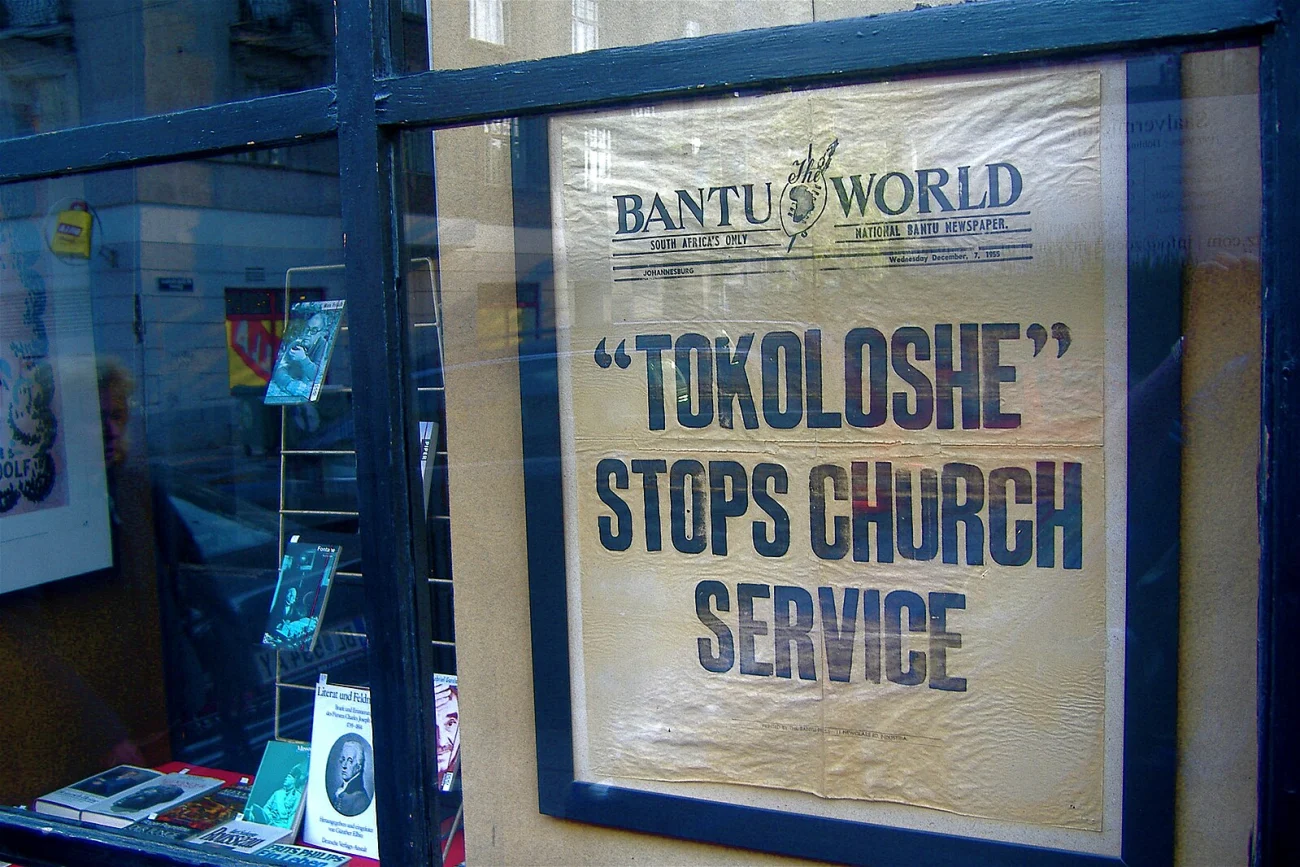
In Zulu and Xhosa stories, the Tokoloshe is a mischievous and harmful little spirit, sometimes described as a dwarf. People believe it can cause sickness or trouble, and that witches or sorcerers can summon it to hurt others. It’s said that drinking water makes the Tokoloshe invisible. Because people fear nighttime attacks, a common practice is to raise beds off the ground using bricks. Stories about the Tokoloshe often reflect issues like envy and the responsible use of spiritual power.
Grootslang

According to South African legend, the Grootslang is an ancient, powerful monster said to live in secluded caves, especially one called the “Wonder Hole” in the Richtersveld. It’s often described as having features of both an elephant and a snake, making it a primal creature known for its immense strength and desire for treasure. Stories warn of the dangers of exploring deep ravines and suggest the Grootslang guards remote, mineral-rich areas where people seek fortune, often at great risk.
Impundulu
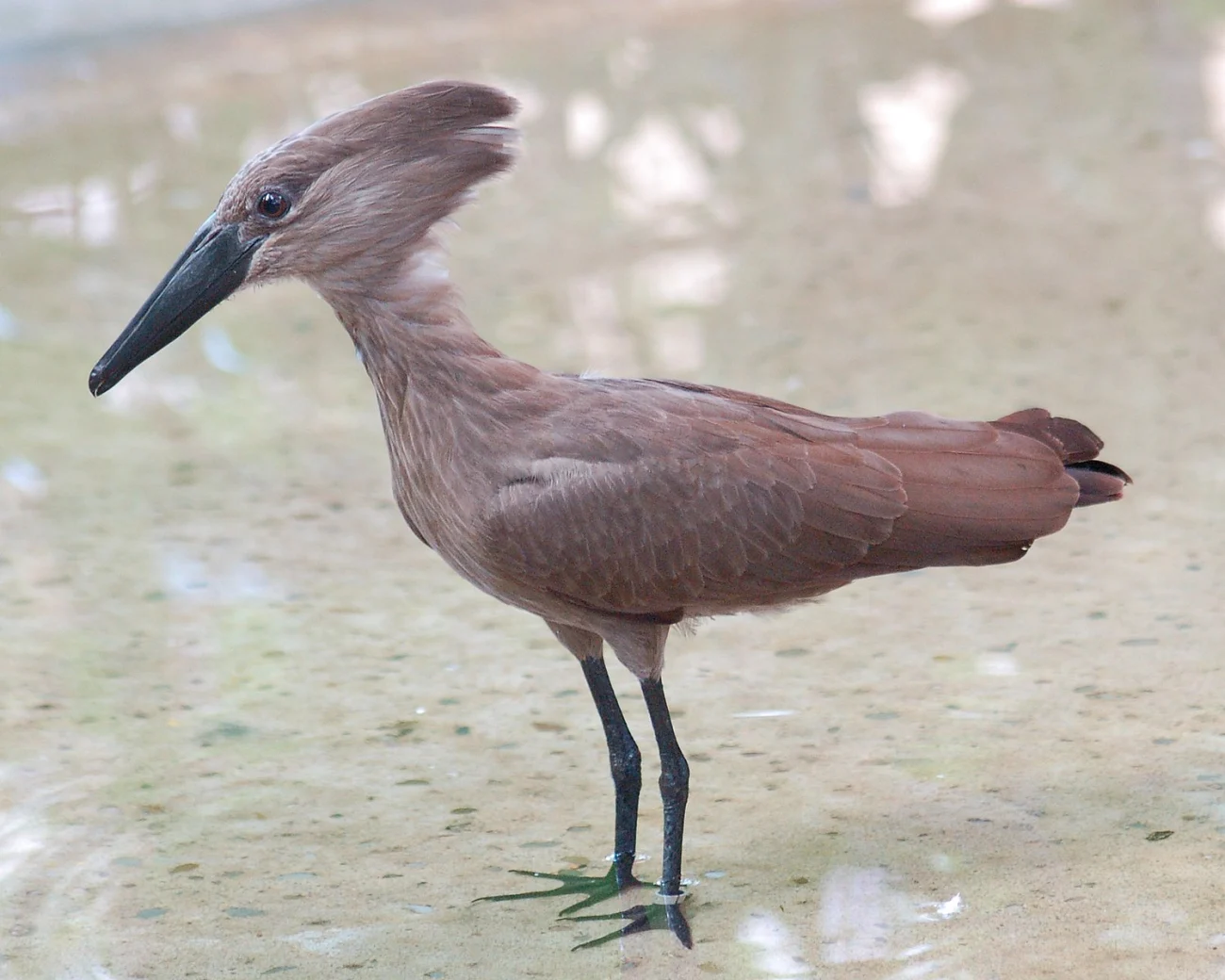
In Southern African folklore, particularly among the Pondo and Zulu people, the Impundulu – also known as the Lightning Bird – is a creature of storms. Stories say it travels with thunderstorms, creates thunder, and has a thirst for blood, sometimes acting as a companion to witches. Legend describes it as a shape-shifter, able to change between a bird and a human, and very difficult to destroy. People traditionally believed the Impundulu was responsible for unexpected storms, lightning strikes, and mysterious sicknesses in animals or humans.
Mami Wata

Mami Wata is a powerful water spirit popular throughout West, Central Africa, and communities connected to the Atlantic world. Often imagined as a stunning woman—sometimes with a fish tail—she’s linked to good fortune, healing, and the often-unpredictable nature of water. People honor her with shrines, music, and special ceremonies in both coastal and inland areas. Her followers pray for blessings like wealth, good health, and safe journeys on rivers and the sea, recognizing that she can both help and harm.
Jengu

The Jengu (or Miengu) are water spirits honored by the Sawa people of Cameroon, particularly the Duala and Bakweri. They’re believed to have power over healing and are connected to important ceremonies, as well as acting as a bridge between people and the water world. People often hold canoe parades, drum, and leave gifts at river openings as part of rituals to honor the Jengu. They ask for the Jengu’s help for good health and success in fishing and coastal trade.
Ammit
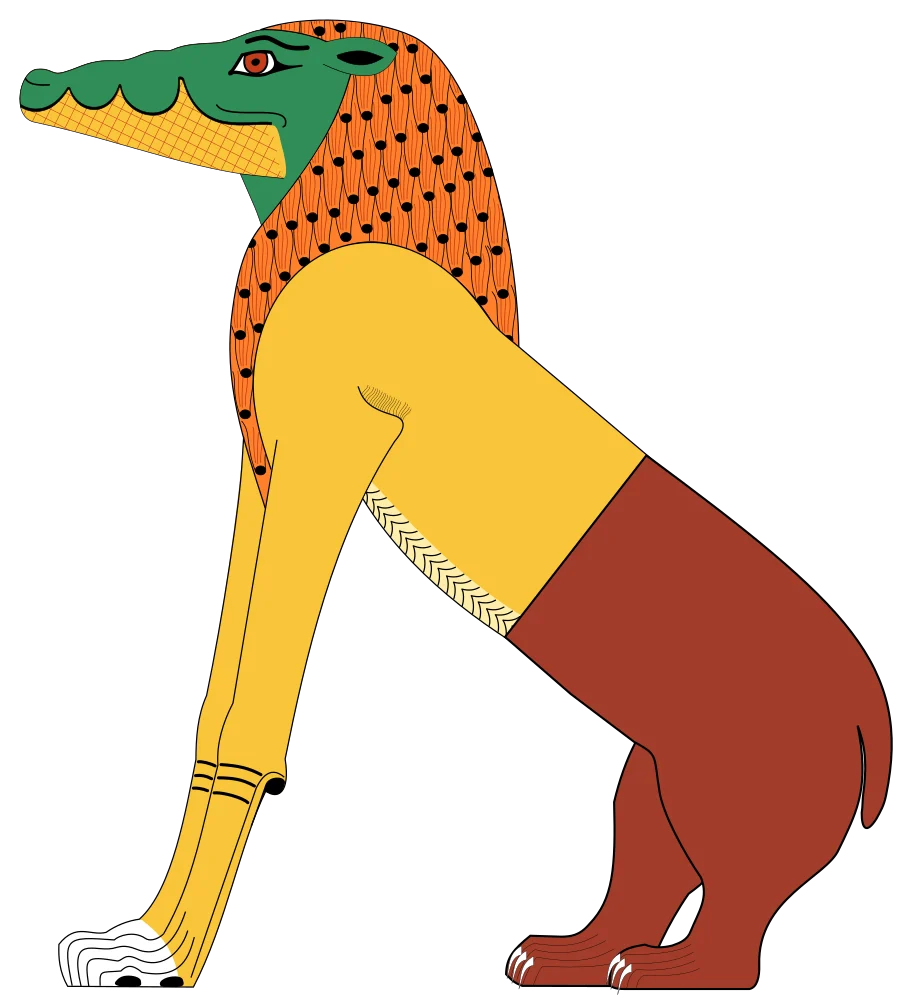
In ancient Egyptian mythology, Ammit was a fearsome creature with the head of a crocodile, the front half of a lion, and the back half of a hippopotamus. During the weighing of the heart ceremony, she would devour the hearts of people who had lived a sinful life – those whose actions were heavier than the feather of truth. Ammit didn’t decide who was worthy or not; she simply carried out the consequences of a bad life, ensuring cosmic balance. Her unique combination of Egypt’s most dangerous animals symbolized the complete and irreversible nature of moral wrongdoing.
Bultungin
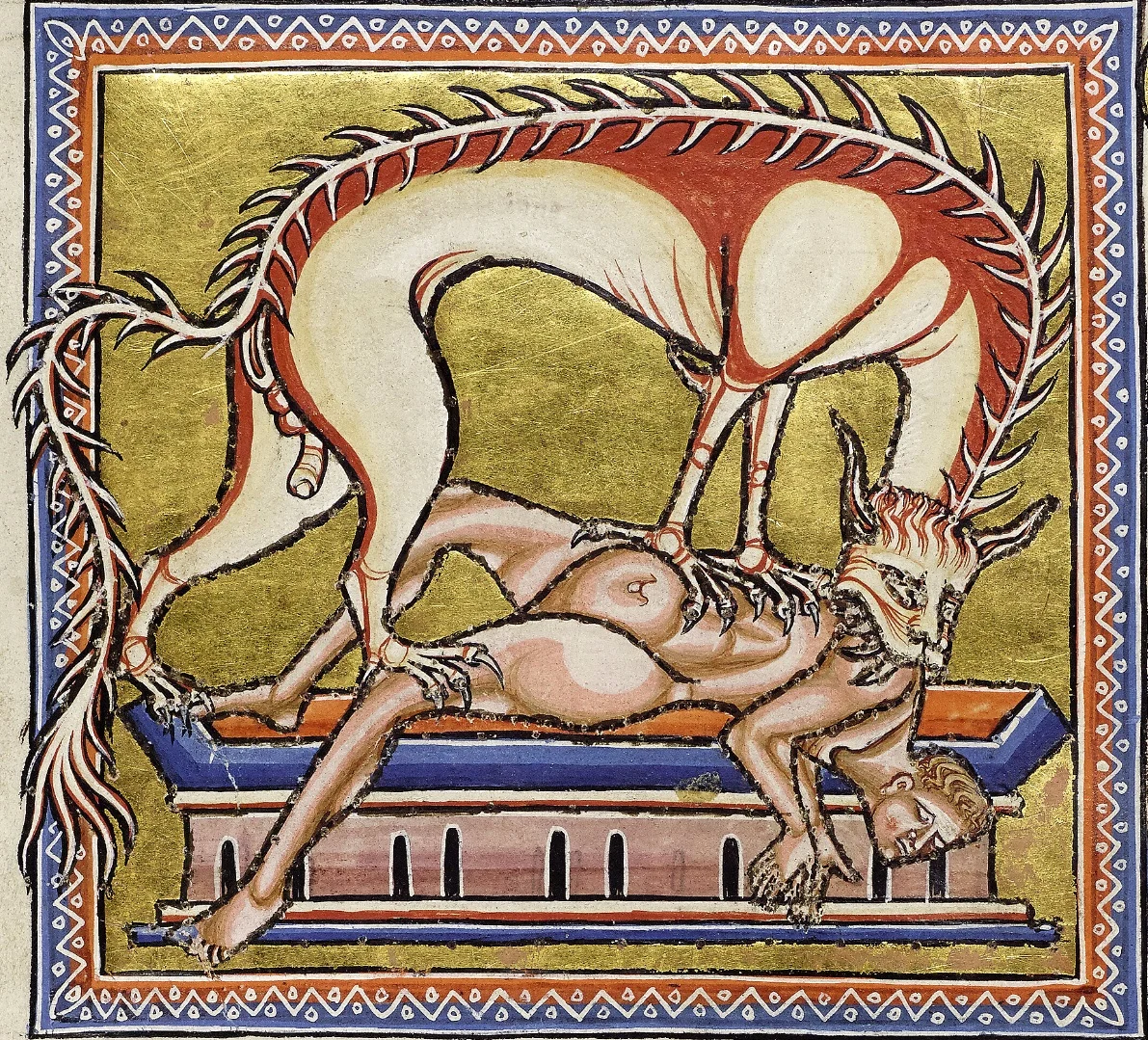
In West African Hausa folklore, ‘Bultungin’ are people believed to transform into hyenas at night. These stories tell of secret groups who share the power to shape-shift, often using it for hunting or gaining influence through dark magic. This belief is similar to ‘bouda’ traditions found in the Horn of Africa, which also connect hyenas to both the human and animal realms. Tales of Bultungin frequently serve as cautionary stories, warning against jealousy, harming others, and taking advantage of the darkness.
Ninki Nanka
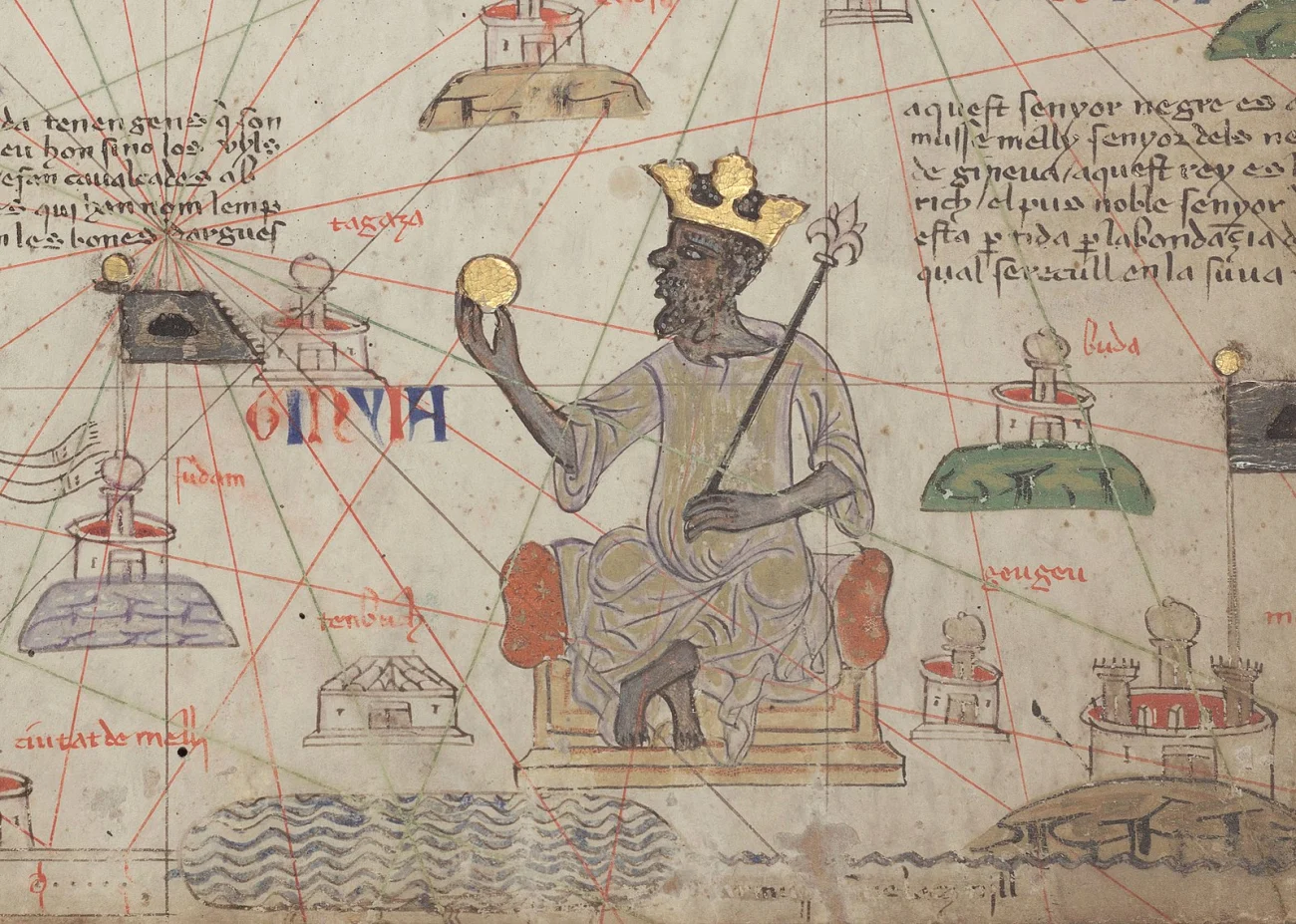
Ninki Nanka is a legendary river dragon from the folklore of Gambia and West Africa, often linked to swampy mangrove forests and creeks. While descriptions differ, it’s generally seen as a long, crested reptile that punishes those who misbehave. Stories about Ninki Nanka are often used to warn children against wandering into dangerous areas. Today, some people even organize expeditions hoping to find this creature, showing how old stories can change and stay relevant over time.
Kishi
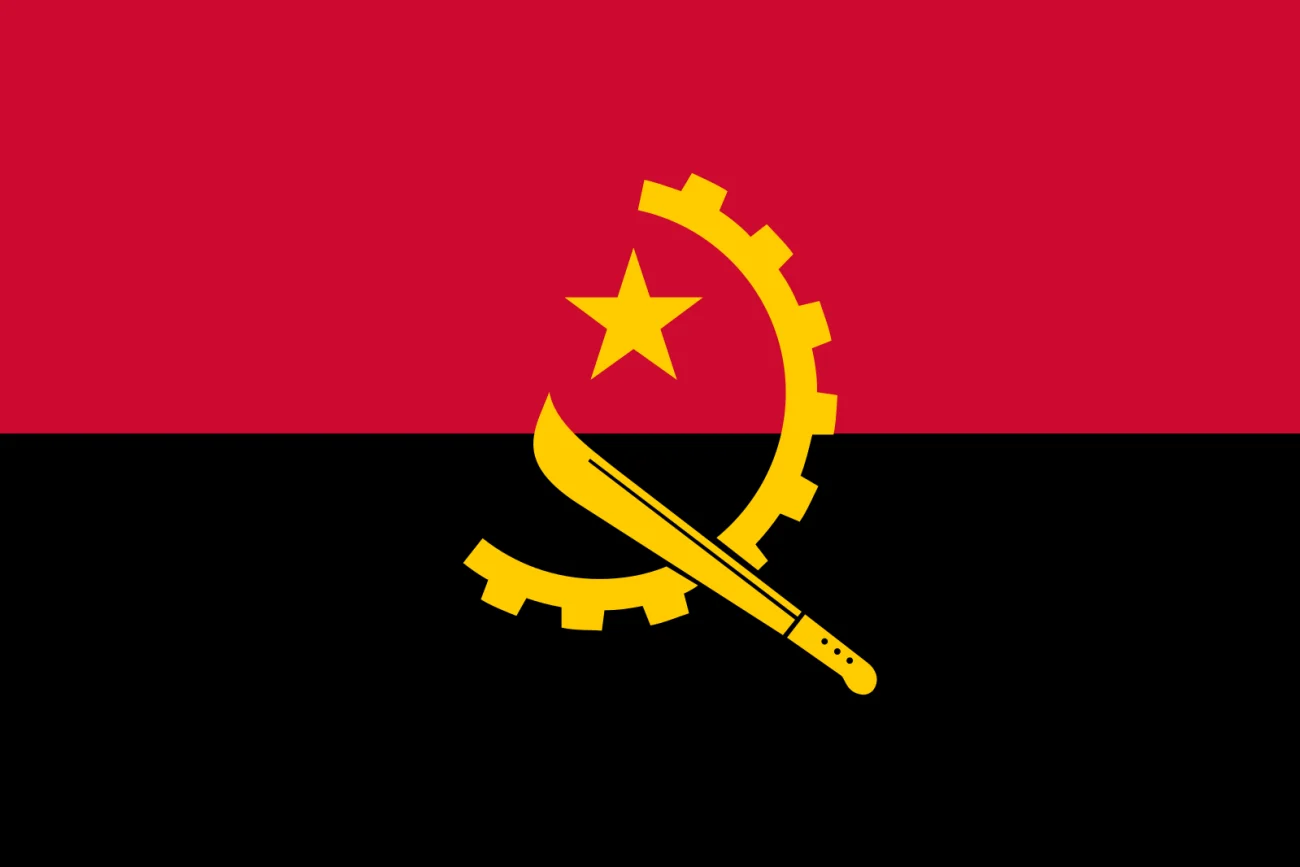
In Angolan folklore, the Kishi is a dangerous creature with a striking appearance: it has a human face in front and a hyena’s face hidden in the back. It attracts people with its charm, then attacks with its hidden jaws. These stories serve as a warning that things aren’t always what they seem, and that a charming exterior can hide dangerous intentions. The Kishi’s two faces represent a cultural caution against those who use smooth talking to conceal violence.
Popobawa
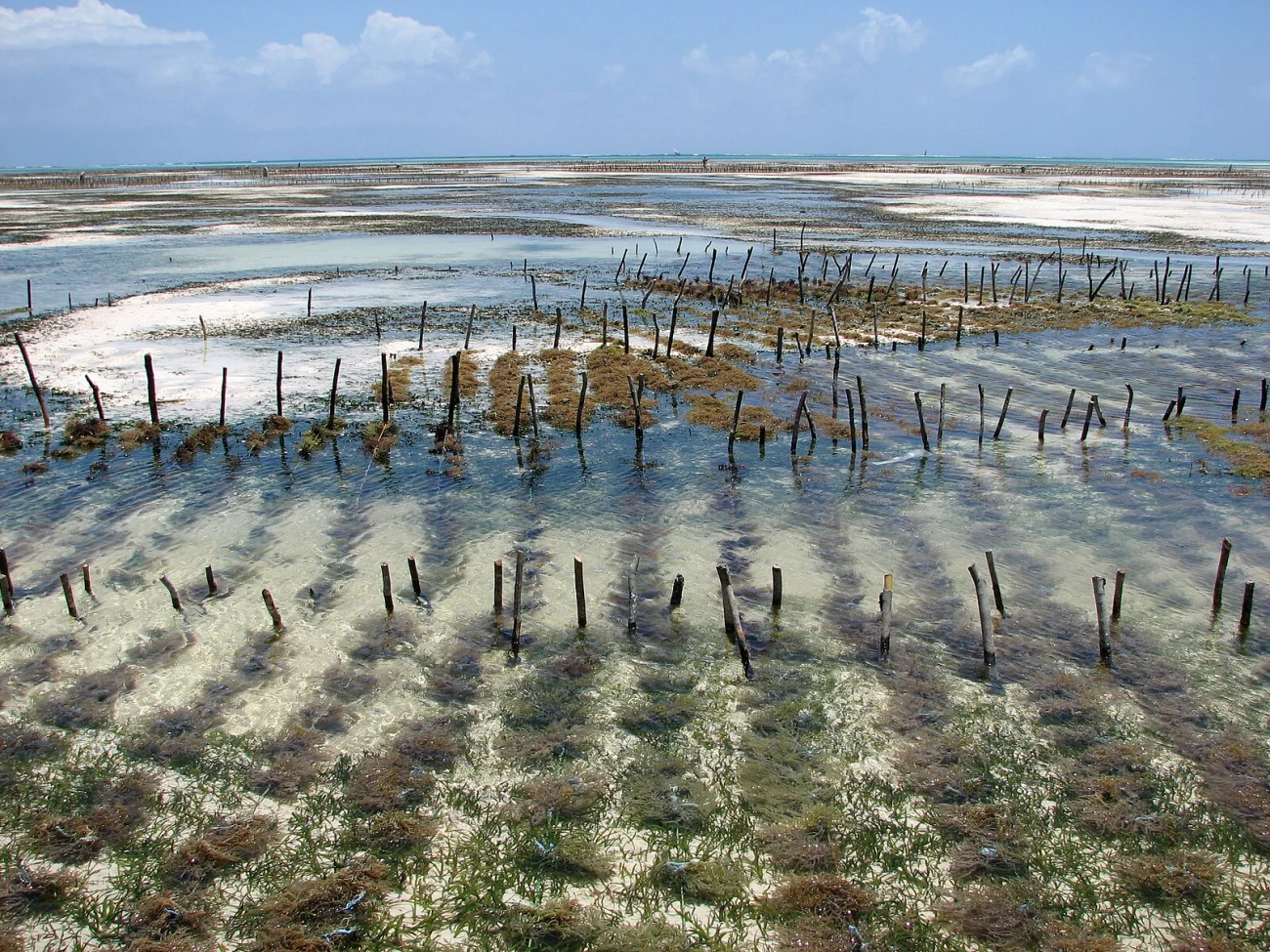
I’ve been reading about this fascinating, and honestly a little scary, creature called Popobawa. It’s a shape-shifting spirit from the Swahili coast, particularly around Pemba and Zanzibar. Apparently, there are periods where people are attacked at night, followed by calmer times – it really causes widespread panic. What’s wild is people say Popobawa can change into anything, even a shadowy bat, and it seems to target those who don’t believe in it! The communities deal with it by holding all-night watches together and performing rituals – it’s a way for everyone to support each other and stay strong in the face of this thing. It’s a really interesting look into local beliefs and how people cope with fear.
Inkanyamba

As a film and folklore enthusiast, I’ve come across some amazing legends, and the Inkanyamba is definitely one of them. It’s this huge, serpent-like creature from Zulu and Xhosa stories, and people believe it causes the big summer storms and is connected to waterfalls, especially Howick Falls in South Africa. Locals say that when the weather changes suddenly around the falls, or whirlwinds appear, it’s the Inkanyamba moving around! Interestingly, they also link it to the eels that migrate and the seasonal winds. Traditionally, people would perform rituals to calm the creature, hoping to prevent harsh storms and protect their villages. It’s a really compelling story, and I can easily imagine a stunning visual for a film based on this legend.
Adroanzi
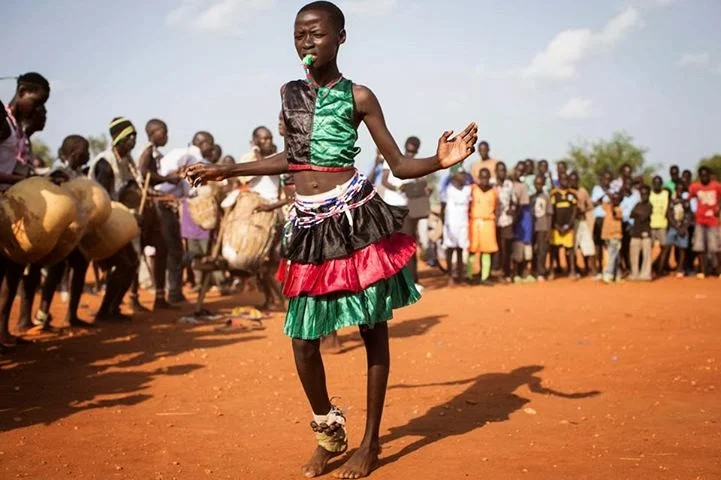
Among the Lugbara people of Uganda and the Democratic Republic of the Congo, the Adroanzi are spirits of the forests and rivers, connected to the god Adroa. They’re believed to help travelers who are respectful, but will punish those who break local customs or travel carelessly at night. These spirits are said to be invisible, and stories about them stress the importance of behaving properly when in the wilderness. This highlights how the Lugbara see a connection where humans protect nature, and nature protects them in return.
Share your favorite creature—or one from your own community’s stories—in the comments!
Read More
- DOGE PREDICTION. DOGE cryptocurrency
- TON PREDICTION. TON cryptocurrency
- Leveraged ETFs: A Dance of Risk and Reward Between TQQQ and SSO
- GLD vs. SLV: Which ETF Wins for Retail Investors?
- The Dividend Maze: VYM and HDV in a Labyrinth of Yield and Diversification
- EQT Earnings: Strong Production
- Calvin Harris Announces India Debut With 2 Shows Across Mumbai and Bangalore in November: How to Attend
- The Relentless Ascent of Broadcom Stock: Why It’s Not Too Late to Jump In
- Bitcoin’s Pain: A Tale of Lost Fortunes 💸
- Dogecoin’s Wild Ride: 165K% Liquidation Chaos!
2025-11-07 09:47